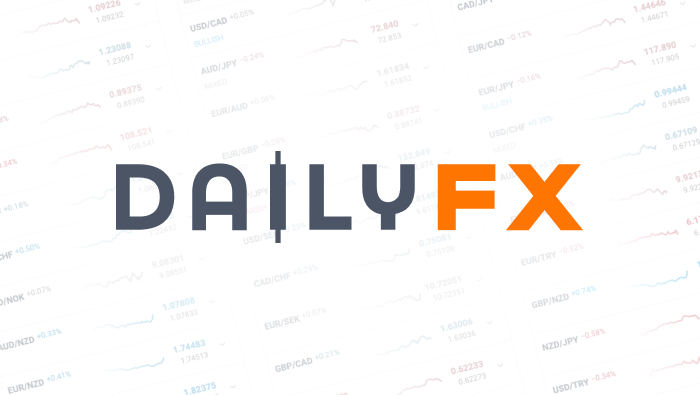Talking Points
- The Bank of England’s quantitative easing program is all but finished, taking a major UK bond buyer out of the market.
- GBP may find some support from higher UK yields, aided by rising US interest rates.
- See the DailyFX Economic Calendar and see what live coverage for key event risk impacting FX markets is scheduled for next week on the DailyFX Webinar Calendar.
The Bank of England’s monetary policy announcement on Thursday is expected to reveal that the central bank’s gilt-buying program is now complete, removing a steady buyer from the market. The BoE announced last year that it would buy an additional £60 billion of short-, medium- and long-dated UK debt from late August 2016 at a rate of £10 billion a month until it hit its new QE target of £435 billion. The latest figures from the BoE, as at the close of play March 8, show that the central bank now holds £434.18 billion of UK debt. The central bank’s QE program was initiated to boost economic growth in the UK and drive inflation up to the central bank’s desired goal of inflation around 2%. In November the BoE said that it expects UK inflation to hit 2.7% in 2017.
With the Bank of England’s gilt-buying program reaching limit – unless it announces an extension program on Thursday – bond yields are expected to move higher. In addition, the rising political risk from both Brexit, the call from the Scottish National Party for a second independence referendum and higher US rates could push UK yields further north. Most major fixed-income markets take their lead from the US and with expectations of three interest rate hikes in America now expected, yields in the US are going higher. This in turn could provide GBP with a modicum of support as the interest rate differential between GBP and currencies like the EUR and JPY narrows. A higher-yielding gilt complex would also eventually attract overseas investors, especially with GBP more than 15% cheaper post-Brexit, helping to stabilize the currently under-pressure British Pound.
Chart: GBPEUR Daily Timeframe (November 2016 – March 14, 2017)

--- Written by Nick Cawley, Analyst
To contact Nick, email him at nicholas.cawley@ig.com
Don't trade FX but want to learn more? Read the DailyFX Trading Guides






